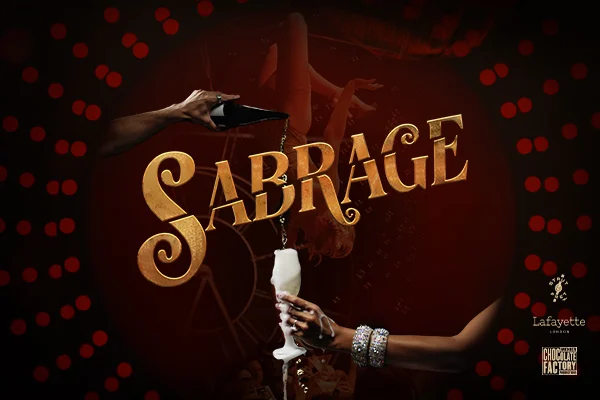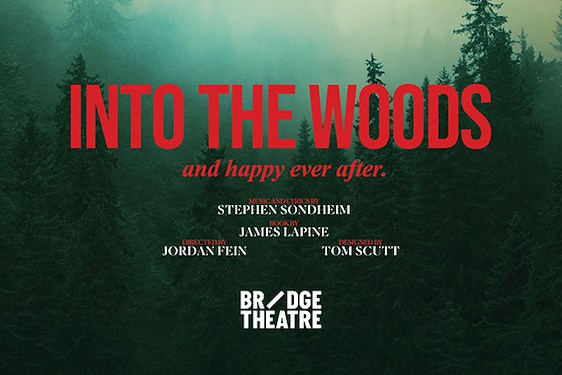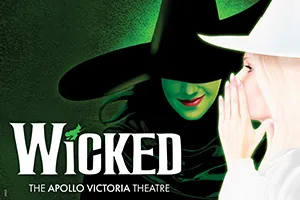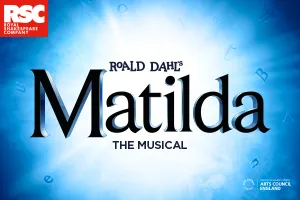This new adaptation of Dracula plays slightly with the order of the original; the voluptuous vampire orgies of Dracula's castle take place in the second half as opposed to the first, and the scenes featuring the cardboard cut-out of an Englishman Jonathan Harker are mercifully cut short, leaving more room for the excellent Van Helsing.
And, of course, for Dracula, who is truly the star of the show. With frightening realism, he proceeds to gradually work his way through the English women, beginning with the willing Lucy and moving onto Jonathan Harker's fiancee Mina who is less forthcoming. Why is it, inquires Van Helsing of Dracula at one point, that you only want women to join your vampire race? Why not take a man? Well, because one of Dracula's key themes, perhaps inadvertently on the part of the writer, Bram Stoker, is the fear of the sexual liberation and depravity the Victorians believed lay in those unknown lands to the East. The trials of Oscar Wilde, which occurred around the same time, may have been a contributory factor towards the occasional scenes with a homosexual undercurrent, such as when Jonathan Harker cuts himself while shaving and Dracula, visibly distubed, has to crawl away to preserve himself from temptation.
I must confess to having lost the plot somewhat in the second half of the play, as the action sped up and it turned increasingly into an epic battle of the wits between Dracula and his nemesis Van Helsing. I blame this more on my faulty concentration, and the need to cover my eyes whenever Dracula mauled another victim, which inevitably involved writhing and copious amounts of fake blood. Interesting that in this interpretaion the Count is not the star of the piece, but Van Helsing himself; the play opens with his discovery of Harker, driven slightly mad by his experiences in the castle. For this reason it perhaps lacks the true darkness of the original, where Dracula is an omnipresent figure who is always just out of sight. The difficulty, I suppose, of staging it is that by giving him corporeal form you remove the element of mystery.
The women too perform well; Lucy is more innocent perhaps than in some interpretations, while Mina remains the dutiful fiancee. The scene where Lucy rises from her coffin and transforms into one of Dracula's vampiric brides was very, very well done; the men suitably terrified and fascinated at the same time. All credit to Dracula's brides, who were hot. And so to defend their women and the future of the English race, our heroes travel to Transylvania to track down the Count in his own abode, and stake him off the face of the Earth for good. Unlike in the book, there is no room at all for the possibility of a sequel; Dracula's death is final, if something of an anticlimax. The world is saved and the Englishmen can let their wives out the house again, safe in the knowledge that there will no longer be any temptation to stray from the path of frills, novels, home-keeping and good old-fashioned Victorian values.


















